
Nourishing Plants Naturally: How To Make Plant Food
A. Introduction: The Importance of Plant Nutrition and Benefits of Homemade Plant Food
Subtitle: Understanding the Need for Homemade Plant Food and its Advantages
Enhancing plant growth and vitality is essential for gardeners aiming to cultivate thriving plants and achieve bountiful harvests. While there are numerous commercial plant food options available, homemade plant food provides a cost-effective and eco-friendly alternative. Not only does it offer the satisfaction of creating a sustainable solution for your beloved garden, but it also allows you to have full control over the ingredients used, ensuring that your plants receive natural and organic nutrition. By avoiding potentially harmful chemicals commonly found in synthetic fertilizers, you can provide plants with the best possible care while nurturing a greener environment.
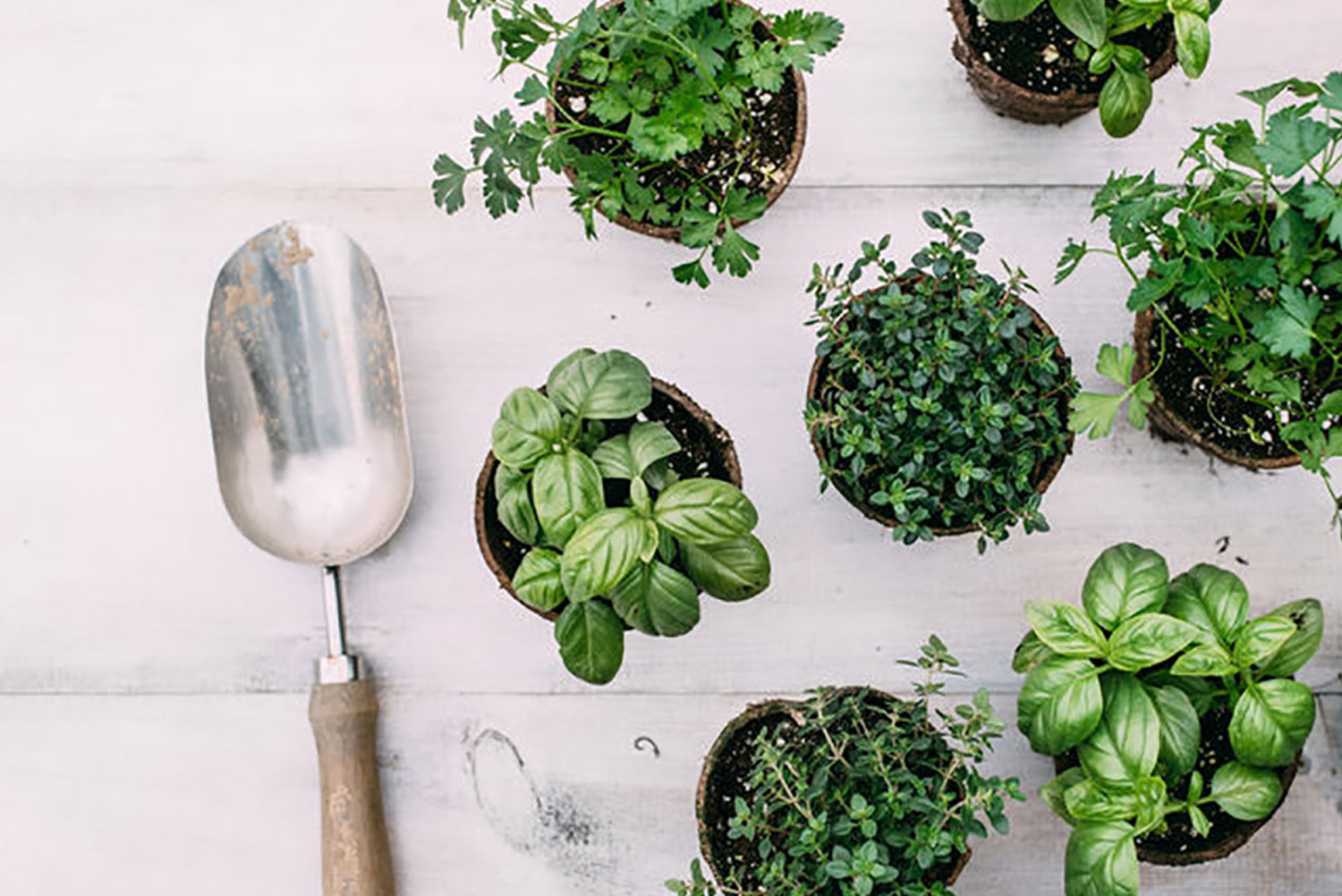
B. Essential Nutrients for Plant Growth: Macronutrients and Micronutrients
Subtitle: Exploring the Vital Roles of Nutrients in Plant Development
To understand the significance of homemade plant food, it is important to comprehend the essential nutrients plants require for optimal development. Macronutrients, including nitrogen (N), phosphorus (P), and potassium (K), are required in larger quantities, while micronutrients such as iron (Fe), manganese (Mn), zinc (Zn), copper (Cu), molybdenum (Mo), and boron (B) are needed in smaller amounts but are equally crucial for plant health.
Nitrogen (N) is a vital component in plant proteins, enzymes, chlorophyll, and DNA. It plays a fundamental role in encouraging the development of vibrant green foliage, promoting rapid growth, and enhancing overall plant vigor. Phosphorus (P) supports root development and is especially critical for flower and fruit production, improving the yield and quality of plants. Potassium (K) contributes to various physiological processes within plants, including photosynthesis, enzyme activation, nutrient transport, and water regulation, promoting plant health, and making them more resilient against diseases and stress.
Micronutrients such as iron (Fe), manganese (Mn), zinc (Zn), copper (Cu), molybdenum (Mo), and boron (B) are necessary for plants to thrive, even though they are required in smaller quantities. These micronutrients play essential roles in various plant processes, including enzyme activation, photosynthesis, energy production, and disease resistance. Ensuring an adequate supply of both macro and micronutrients is vital for overall plant health and optimal growth.

C. Organic Options for Homemade Plant Food: Recipes and Benefits
Subtitle: Enhancing Plant Health with Natural and Chemical-Free Solutions
One of the main advantages of homemade plant food is the ability to opt for organic choices that provide natural and chemical-free nutrition to plants. This ensures a healthier growing environment and minimizes the environmental impact. Additionally, creating homemade plant food allows gardeners to have complete control over the ingredients used, ensuring the absence of synthetic chemicals and potentially harmful substances.
There are various types of homemade plant food recipes that offer organic options and effectiveness. Compost tea is a nutrient-rich liquid obtained by steeping compost in water. This method encourages the release of beneficial microorganisms, nutrients, and humic acids, providing plants with a nourishing boost that enhances soil fertility and promotes healthier plant growth. The beneficial microorganisms in compost tea help break down organic matter in the soil, improve nutrient availability, and aid in the suppression of diseases.
Another organic option is banana peel fertilizer, which repurposes kitchen waste that would otherwise be discarded. Banana peels are packed with potassium, an essential nutrient that stimulates flowering and fruiting in plants. By soaking banana peels in water for several days, the water absorbs the potassium and other valuable nutrients from the peels, resulting in a nutrient-rich liquid that can be used as plant food. This homemade fertilizer not only provides essential nutrients but also reduces waste and promotes sustainability.

D. Harnessing the Power of Composting: Creating Nutrient-Rich Soil
Subtitle: Composting Basics and Utilizing Compost in Plant Food Recipes
Composting is a fundamental practice that transforms organic waste into nutrient-rich humus, providing a valuable source of nutrition for plants. Creating a compost pile involves collecting kitchen scraps, yard clippings, leaves, and other organic matter in a designated area. Over time, these materials decompose through the action of microorganisms, leading to the formation of humus.
Compost offers numerous benefits for plant growth. It improves soil structure by enhancing water retention, promoting aeration, and increasing the availability of essential nutrients. The rich organic matter present in compost encourages beneficial microbial activity, which further aids in breaking down organic matter, releasing nutrients, and improving soil health. Incorporating compost into homemade plant food recipes enhances their nutrient content, providing a balanced and complete nutritional profile for plants.
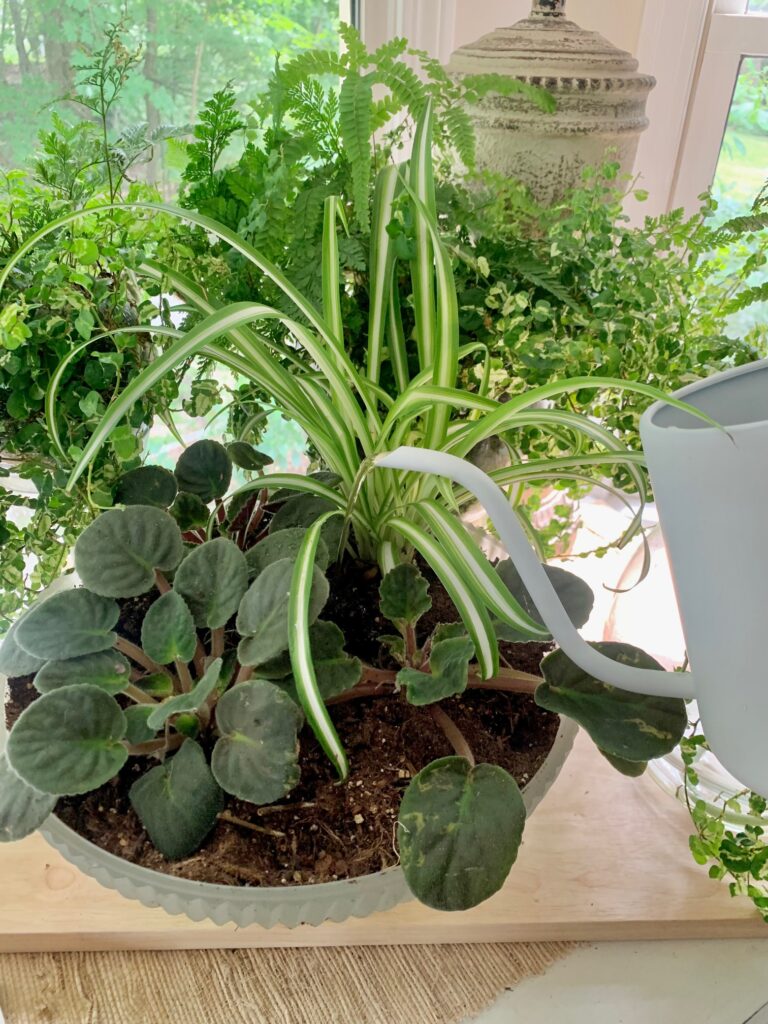
E. Compost Tea: Nurturing Plants with Microbial Elixir
Subtitle: Brewing and Applying Compost Tea for Optimal Plant Nutrition
Compost tea is a potent liquid fertilizer that harnesses the benefits of beneficial microbes present in compost. To make compost tea, place a measured amount of compost into a breathable bag or container and steep it in water for a specified duration. Aeration is crucial during the brewing process as it promotes the growth and reproduction of beneficial microorganisms.
The benefits of compost tea are multifaceted. By applying compost tea to plants, beneficial microorganisms such as bacteria, fungi, and protozoa are introduced to the soil. These microorganisms help break down organic matter, unlock nutrients in the soil, enhance nutrient availability, and create a favorable environment for root development. Additionally, compost tea can suppress harmful pathogens and diseases, improving plant health and reducing the need for chemical interventions.

F. Banana Peel Fertilizer: Unlocking the Potassium Boost
Subtitle: Repurposing Kitchen Waste for Vibrant Plant Growth
Banana peels, often considered kitchen waste, can be transformed into a potent source of potassium for plants. Potassium is an essential nutrient that plays a crucial role in various plant functions, including flowering, fruiting, and overall plant vigor. By repurposing banana peels, gardeners can create an organic fertilizer that enriches the soil with potassium and other valuable nutrients.
To make banana peel fertilizer, finely chop or blend the peels and soak them in water for a few days. This soaking process allows the water to absorb the valuable nutrients from the peels. The resulting liquid can then be diluted and used to water plants or applied as a foliar spray. In addition to providing essential nutrients, banana peel fertilizer helps improve soil health, boost root development, and enhance the overall vitality of plants.
G. Epsom Salt Solution: Essential Minerals for Thriving Plants
Subtitle: Magnesium and Sulfur Enrichment through Epsom Salt Application
Epsom salt, also known as magnesium sulfate, is a readily available and affordable nutrient supplement for plants. Epsom salt provides plants with both magnesium and sulfur, which are essential for various physiological processes and optimal growth.
Magnesium plays a crucial role in chlorophyll formation, the pigment responsible for capturing sunlight during photosynthesis. It is also involved in enzyme activation and energy transfer within plant cells. Sulfur is necessary for the synthesis of proteins and amino acids, vital components for plant growth and overall health.
To apply Epsom salt to plants, dissolve the salt in water according to the recommended dosage and apply it to the soil around the base of plants. This allows the roots to directly uptake the magnesium and sulfur, ensuring their efficient absorption and incorporation into essential plant processes.
H. Coffee Ground Fertilizer: Recycling for Greener Gardens
Subtitle: Maximizing the Benefits of Coffee Grounds as Nutrient-Rich Plant Food
Coffee grounds, a commonly discarded byproduct of brewing coffee, can be repurposed to enrich the soil and provide valuable nutrients to plants. Coffee grounds contain significant amounts of organic matter and nutrients such as nitrogen, potassium, and phosphorus.
Using coffee grounds as fertilizer can improve soil structure, enhance water retention, and contribute to nutrient availability. When incorporated into the soil, coffee grounds gradually release nutrients, promoting healthy plant growth and development. Additionally, the organic matter in coffee grounds stimulates beneficial microbial activity, further improving soil health and overall plant vitality.
It is essential to use coffee grounds in moderation, especially for plants sensitive to acidity. Avoid excessive application of coffee grounds as it may lead to imbalances in soil pH levels. By properly utilizing coffee grounds as a nutrient-rich plant food, gardeners can reduce waste, promote sustainability, and nurture healthier and more vibrant plants.
I. Effective Application and Maintenance Techniques
Subtitle: Ensuring Proper Nutrient Uptake and Monitoring Plant Health
Applying homemade plant food correctly is essential to ensure proper nutrient uptake and avoid potential damage to plants. Gardeners should aim for even distribution when applying plant food to ensure that it reaches the root zone without direct contact with leaves or stems. This distribution method encourages efficient nutrient absorption by the roots and reduces the risk of leaf burn or other adverse effects.
Monitoring plant health is crucial to assess the effectiveness of homemade plant food and make any necessary adjustments. Gardeners should regularly observe plant growth, foliage color, and overall vitality. Any signs of nutritional deficiencies or excessive nutrient levels should be addressed promptly to maintain optimal plant health.
J. Conclusion: Embracing Sustainable Gardening with Homemade Plant Food
Subtitle: Recapitulation and Encouragement for Continuing Experiments in Natural Plant Nutrition
In conclusion, homemade plant food offers gardeners an environmentally-friendly and cost-effective way to provide natural and organic nutrition to plants. By exploring various organic options such as compost tea, banana peel fertilizer, Epsom salt solution, and coffee ground fertilizer, gardeners can diversify their approach to plant nutrition while promoting sustainable gardening practices.
Understanding the essential nutrients required for optimal plant growth is the foundation for creating effective homemade plant food. Macronutrients and micronutrients play vital roles in various plant processes and are necessary for maintaining overall plant health. By incorporating homemade plant food recipes into gardening routines and utilizing compost to enrich the soil, gardeners can maximize plant nutrition and create a fertile environment for optimal growth.
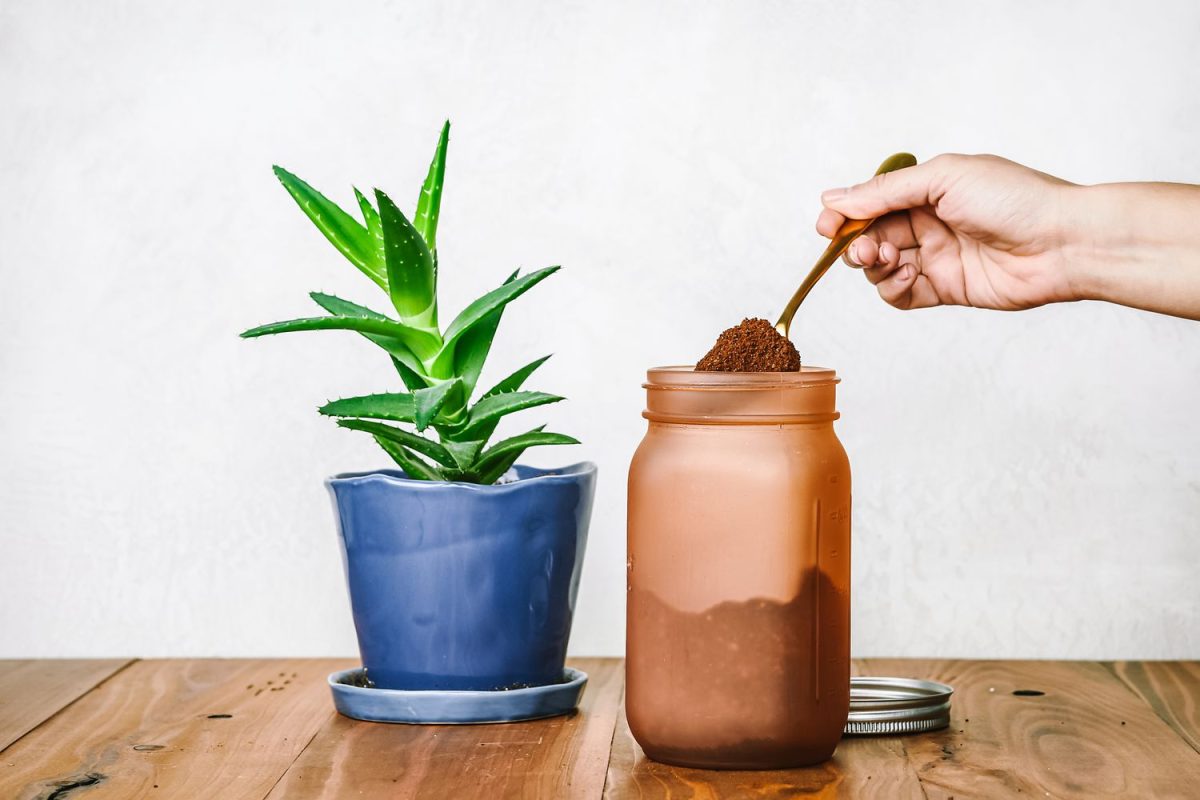
Homemade Plant Food: Transforming Kitchen Scraps and Natural Materials into Powerful Elixirs for Thriving Gardens
Unveiling the Treasures of Your Kitchen and Backyard: Sourcing Ingredients for Homemade Plant Food
For many gardeners, the allure of nurturing healthy plants goes beyond just aesthetics. It’s a journey of connection with nature and the satisfaction of cultivating vibrant life. However, commercially produced fertilizers can be expensive and raise concerns about environmental impact. This guide unlocks the secrets of homemade plant food, empowering you to create natural, cost-effective solutions for nourishing your garden with readily available resources.
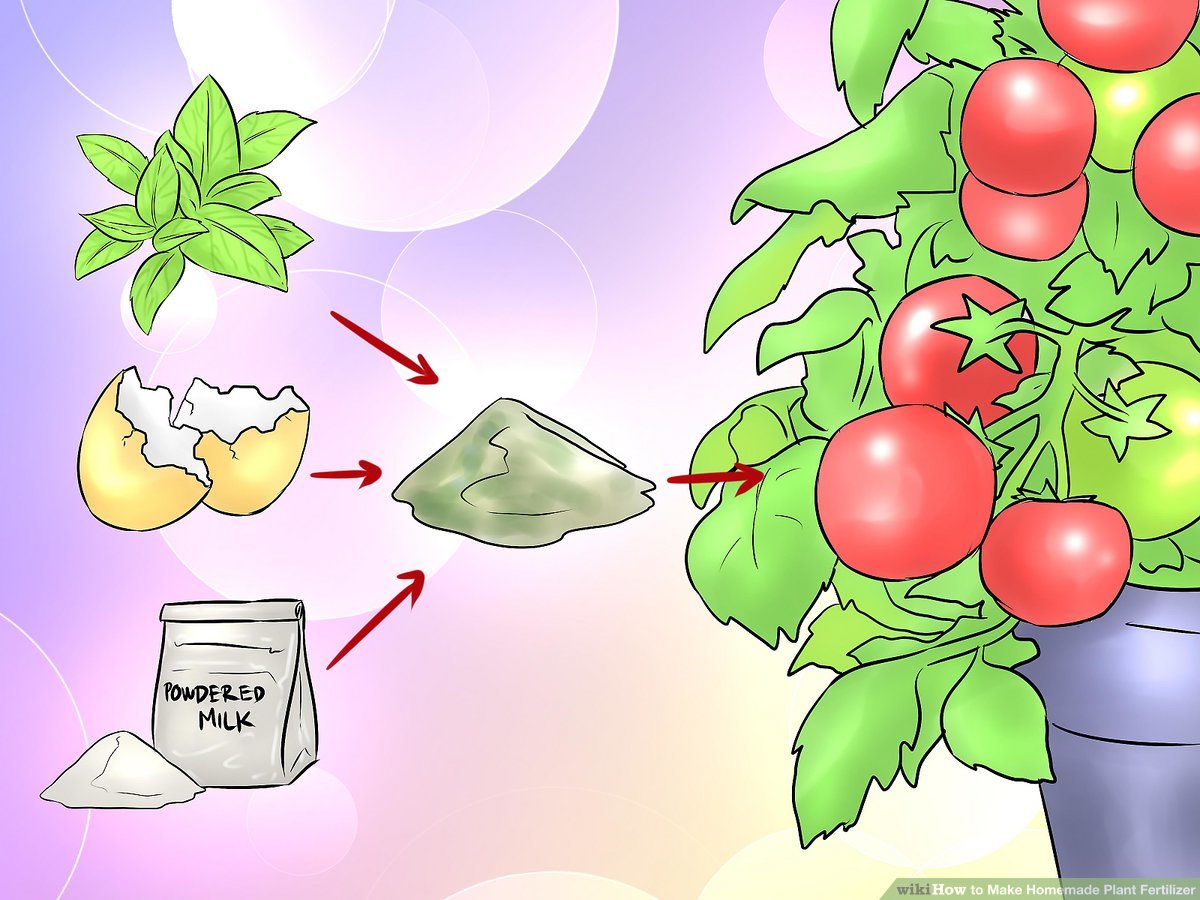
The Building Blocks of Plant Health: Understanding Macronutrients and Micronutrients
Plants are like meticulous builders, requiring a specific set of materials to thrive. These essential materials come in the form of nutrients, broadly categorized into two groups: macronutrients and micronutrients.
- The Mighty Macronutrients: Powering Plant Growth and Development
Macronutrients, like nitrogen, phosphorus, and potassium, are the cornerstones of plant health, needed in larger quantities for crucial functions like structure, growth, and reproduction. Imagine them as the bricks and mortar of a healthy plant. * Nitrogen: Essential for healthy leaf growth and vibrant foliage. * Phosphorus: Plays a key role in root development, flowering, and fruit production. * Potassium: Strengthens plant cell walls, improves disease resistance, and enhances overall plant health.
- The Essential Micronutrients: Playing Vital Roles in Plant Function
Micronutrients, while required in smaller amounts, are just as vital. Think of them as the essential vitamins, playing vital roles in various plant processes, from iron for chlorophyll production to zinc for enzyme activity. * Iron: Enables plants to produce chlorophyll, the pigment responsible for photosynthesis. * Zinc: Plays a crucial role in enzyme activity, influencing growth and development. * Manganese: Assists in photosynthesis and nutrient utilization.

Transforming Kitchen Scraps and Natural Materials into Plant Food Powerhouses
The beauty of homemade plant food lies in its resourcefulness. Instead of relying solely on store-bought products, you can transform everyday household items and readily available natural materials into potent plant food solutions.
- Kitchen Pantry Staples: Unveiling Hidden Treasures
Your kitchen pantry becomes a treasure trove of potential ingredients. Eggshells, a common kitchen scrap rich in calcium, can be crushed and sprinkled around the base of your plants for a slow-release calcium boost. Banana peels, containing potassium and other beneficial minerals, can be steeped in water to create a nutrient-rich tea for potassium-loving plants. Coffee grounds, while not directly providing nutrients, can enhance soil acidity, which is a welcome change for acid-loving plants like blueberries or azaleas.
- Nature’s Bounty: Unveiling the Power of Natural Materials
Beyond the kitchen, nature offers a bounty of resources. Compost, the dark, crumbly product of decomposed organic matter, is a powerful source of slow-release nutrients for your plants. Used, unsweetened tea leaves can be sprinkled around the base of plants to provide a nitrogen boost. Even seaweed, readily available in coastal areas, can be soaked in water to create a potent seaweed solution packed with essential minerals, perfect for foliar feeding.
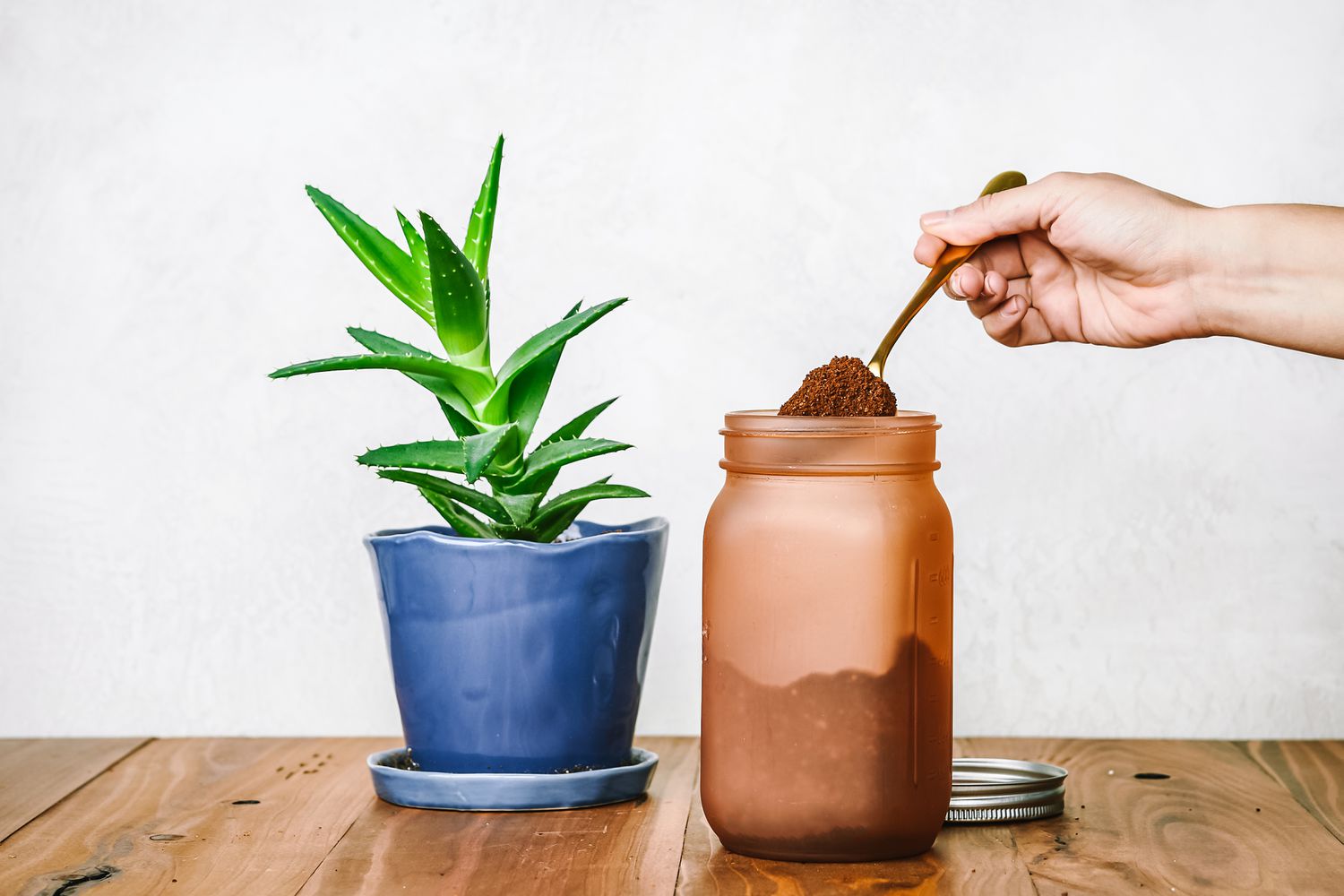
B. Exploring the Benefits and Techniques of Each Approach
- B3. Fermented Plant Food: A Potent and Long-Lasting Elixir
Fermented plant food involves steeping organic materials in water over several days, allowing beneficial microorganisms to break down the ingredients and release nutrients in a readily available form for plants. This method creates a potent, long-lasting plant food ideal for providing a steady stream of nutrients to your plants. However, it requires a bit more patience, as the fermentation process can take anywhere from a few days to a few weeks.
- B4. Non-Fermented Plant Food: A Quick and Convenient Solution
Non-fermented plant food involves creating a quick infusion by steeping or boiling ingredients in water for a shorter period. This method is faster and more convenient than the fermented approach, making it ideal for situations where you need a nutrient boost for your plants right away. However, non-fermented plant food may not be as nutrient-rich or long-lasting as its fermented counterpart.
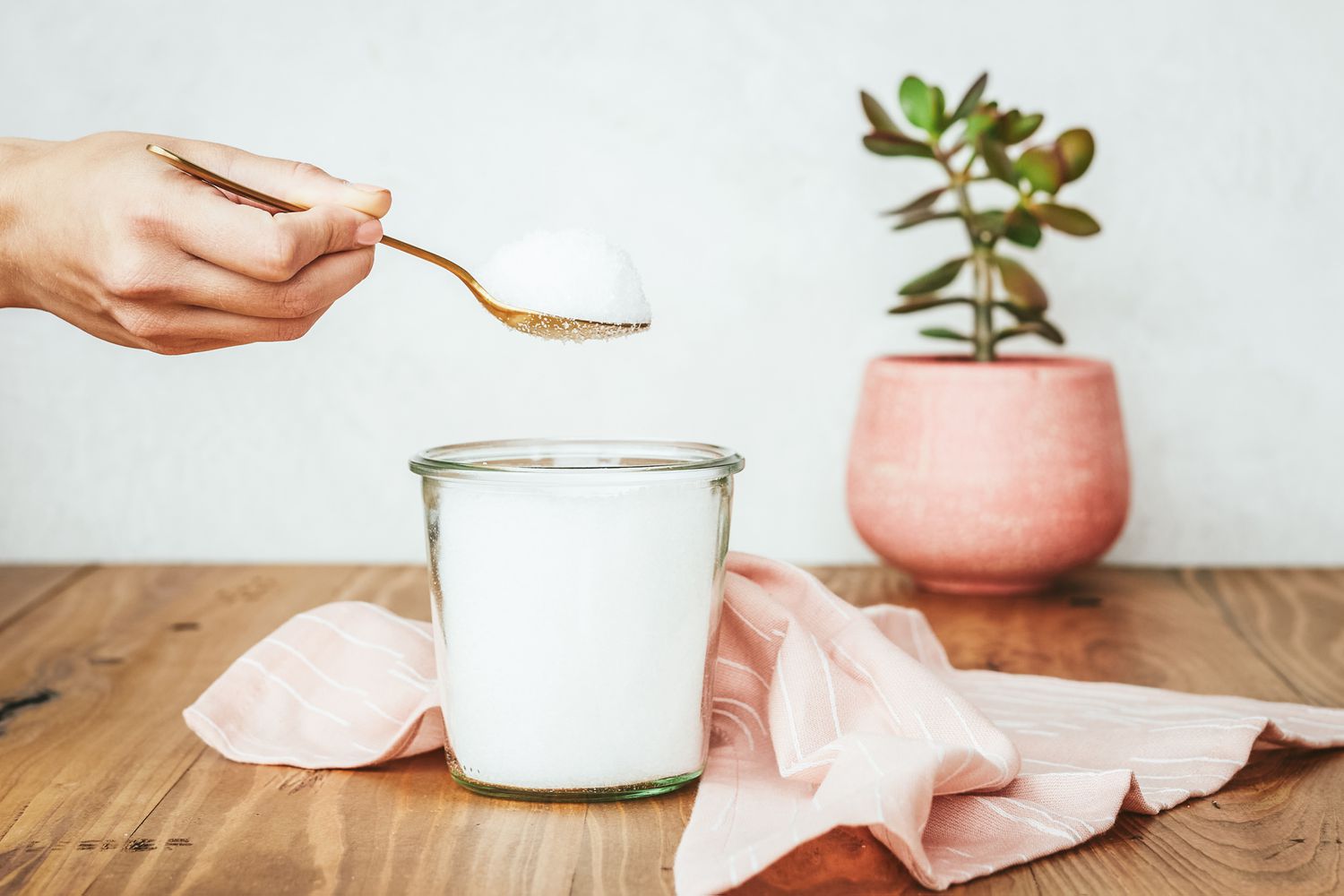
A. Determining the Right Application Method, Timing, and Dilution
- A3. Selecting the Optimal Application Method for Your Plant Food
The application method depends on the type of plant food you’ve made. Fermented plant food can be diluted with water and applied directly to the soil around the base of your plants. This allows the nutrients to seep into the soil and be readily absorbed by the plant roots. Non-fermented plant food, often created as a tea or solution, can be used as a foliar spray, misted directly onto the leaves of your plants. This method allows for faster nutrient uptake, particularly beneficial for addressing deficiencies quickly.
- A4. Timing Your Application for Maximum Impact
Timing is crucial when applying plant food. Early mornings or evenings are generally the best times to nourish your plants. Hot sunlight can burn leaves, and applying plant food during the heat of the day can be less effective. Additionally, consider the specific needs of your plants. Some plants may require more frequent nutrient application during periods of rapid growth, while others may thrive with less frequent feeding.
- A5. Dilution: The Key to Avoiding Overfeeding
Always dilute your homemade plant food according to the recipe or with water before applying it to your plants. Overfeeding your plants with concentrated plant food can be detrimental, leading to salt buildup in the soil and potentially harming the roots. Start with a weaker dilution and gradually increase the concentration if needed, observing your plants for any signs of stress or nutrient imbalance.
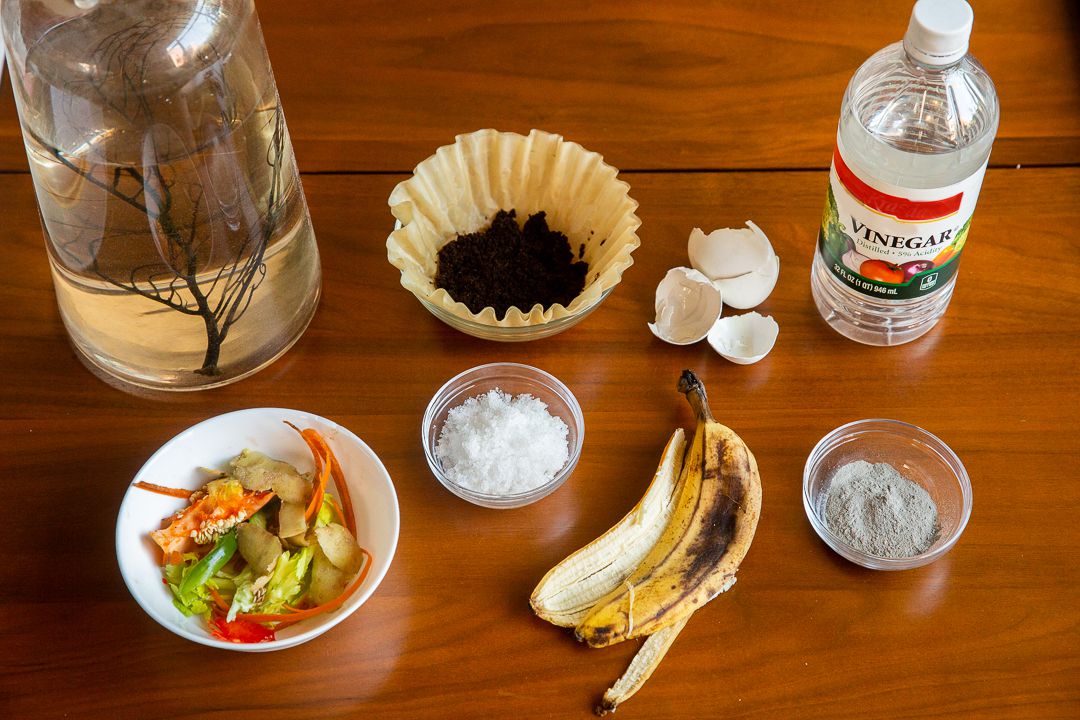
B. Handling Ingredients Safely, Avoiding Overapplication, and Protecting the Environment
- B5. Prioritizing Safety and Responsible Ingredient Management
While homemade plant food is a natural and eco-friendly approach, some safety precautions are essential. Avoid using ingredients that have mold or have gone bad, as these can introduce harmful pathogens into your garden. Similarly, be mindful of using animal products like meat scraps or dairy, as they can attract unwanted pests and contribute to unpleasant odors. Compost these materials instead, allowing them to decompose safely and provide long-term benefits to your soil.
- B6. Avoiding Overapplication: Protecting Your Plants and Soil Health
Remember, moderation is key! Overapplying your homemade plant food can disrupt the delicate balance of nutrients in your soil. This can lead to stunted growth, leaf scorch, and even plant death. By following dilution recommendations and observing your plants for any signs of nutrient imbalance, you can ensure your homemade plant food provides a positive impact on your garden.
- B7. Environmental Stewardship: Using Homemade Plant Food Responsibly
Finally, be mindful of the potential environmental impact of your practices. Compost only organic materials and avoid using any harsh chemicals or pesticides in your homemade plant food concoctions. By adopting sustainable practices, you can nurture your plants and contribute to a healthier environment for everyone.